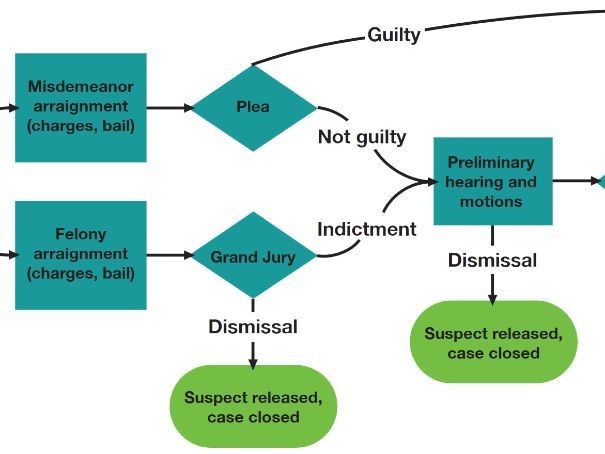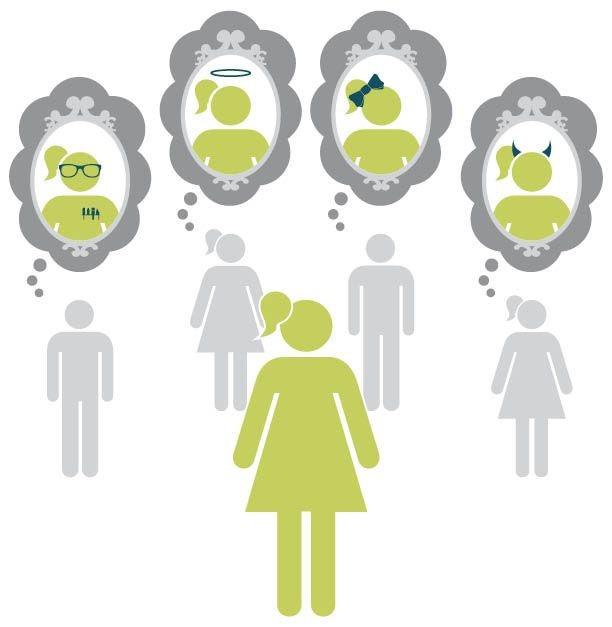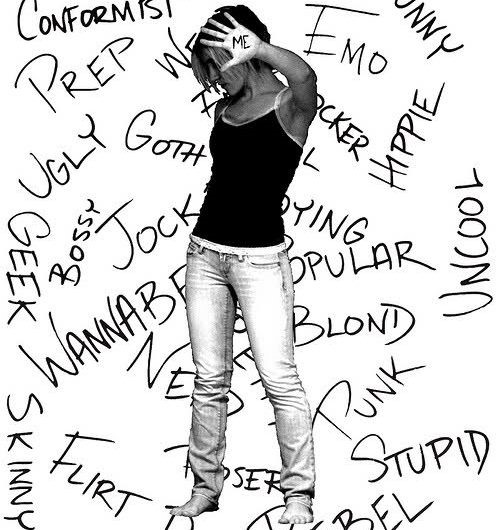What is Criminology About? A Review
Introduction
Criminology is the study of crime and criminal conduct. It studies patterns of law violation in both human societies and individual behavior. It also studies the criminal justice system and attempts to establish an objective analysis of the criminal mind, crime control measures, and prevention efforts.
This study can be divided into two major areas: Descriptive and applied criminology.
1. Descriptive Criminology
Descriptive criminology seeks to describe, predict, and explain patterns of crime within society. It answers questions such as:
- What factors account for the increase in crime?
- Why does the rate of quarrels and fights differ between different groups of people?
- What are the most common types of crimes, and what motives lead to them?
- Why do some people commit crimes while others don’t?


2. Applied Criminology
Applied criminology is the branch of criminology that seeks solutions to crime and criminal behavior. It seeks answers to questions such as:
- What laws should be enacted?
- Which programs should be implemented?
- What policies are effective in reducing crime?
- Which method of crime control is most effective?
- Are prisons an effective solution to the problem of criminals and crime in society?
- Do police have a positive effect on reducing crime?
- Should juvenile offenders be tried as adults?
Criminal Behavior
It is defined as that which violates the laws of society. Crimes are generally conceived as “wrongful acts,” harmful both to individuals and to society. As such, acts prohibited as crimes differ, depending upon the legal system of a country.
Most societies have criminalized behavior that is usually seen as a conflict, such as murder. Many acts are considered criminal only after a legal decision has made the behavior illegal.
Thoughts without intent for crime, such as planning a murder, are usually not considered criminal. Crime is any action or inaction that hurts, threatens, or violates the rights of individuals, groups, or organizations.
You may also check main theories of crime causation
Criminology and Criminal Justice
Criminal behavior is generally defined in three categories:
1) Crimes, which are violations of the Criminal Law. Types of crimes include violent crimes (murder, assault, rape), property crimes (theft and burglary)
2) Delicts, which are private offenses. Delicts include offenses against honor or public morals.
3) Misdemeanors and other minor violations of criminal law.


Crime Control
It refers to the field of social science that deals with crime and criminals in society. It includes analysis, development, and evaluation of policy strategies. Public policies are designed to prevent and control crime, and programs are designed to rehabilitate offenders.
The most effective solution to criminal behavior is prevention. This is the reduction of a potential offender’s propensity to commit crime through environmental and situational controls.
You may also be interested in victimology
Criminal Justice System
This system is designed to help prevent and control criminal acts. It includes three main components:
1) Law Enforcement Agencies, which ensure that the laws are obeyed.
2) The Courts System, which resolves disputes and applies and interprets laws. Its main responsibilities include:
- Conducting Trials. It involves investigation, the adjudication of criminal charges, and sentence determination.
- Providing services to support the administration of justice.
3) Corrections and Parole, which includes a wide range of agencies that keep persons in custody. Parole is the conditional release of a prisoner into the community, normally under supervision.
The criminal justice system includes many agencies and institutions: law enforcement, courts, corrections, and parole. The law enforcement system includes police, sheriffs, marshals, FBI (Federal Bureau of Investigation), CIA (Central Intelligence Agency), and other agencies.
Courts include the state and federal court systems; corrections agencies include city, county, or parish jails, state prisons, and Federal Penitentiary System.
In addition to crime prevention, the other main focus of the system is the apprehension and punishment of offenders. The primary purpose of punishment is to deter criminal conduct. Social change strategies aim to alter social norms and behaviors that are associated with crime.
You may also check reintergrative theory


How is Sociology Applied to Criminology? (SSSP)
The Society for the Study of Social Problems (SSSP) is a non-profit organization founded in the 1930s. It aims to advance public understanding of issues that affect human society and promote the use of knowledge and education to enrich individual and social life.
The SSSP publishes a journal called “Social Problems” that serves as a significant outlet for new research on criminology. It also undertakes a variety of efforts to share its research findings. These are shared with the public through conferences, workshops, and public education. In addition, the SSSP provides educational resources to promote active citizenship and community service.
The concerns for the development of criminology come from the public and private sectors. The SSSP is organized directly by members of concerned groups involved with crime control in their communities.
The SSSP has both local communities and national issues. Research focuses on the social conditions causing crimes. The SSSP emphasizes that real solutions to crime must go beyond the traditional approaches of law enforcement and corrections.
You may also be interested in Dramaturgy theory


The Association for the Study of Law, Justice, and Society (ASLJS)
It is a non-profit organization that promotes the study of law and social justice. It has thousands of members worldwide, including criminologists, law enforcement officers, lawyers, judges, teachers, and students.
The ASLJS publishes a bi-annual journal called “Law & Society Review” and holds an Annual Conference. Through these venues, the ASLJS connects scholars with practitioners in criminology and law enforcement.
You may also check self fulfilling prophesies
The American Society of Criminology
This society is a non-profit organization devoted to advancing knowledge in criminology and penology. It has more than 4,000 professional members worldwide.
The society’s mission is to promote research, training, education, and disseminating knowledge about crime and justice. It sponsors an Annual Meeting each fall attended by thousands of criminologists, practitioners, and other professionals.
The society also publishes four peer-reviewed journals:
- Criminology
- Criminal Justice Research Bulletin
- Crime and Delinquency
- Justice Quarterly.
These journals provide a vehicle for the publication of significant theoretical and empirical research in criminology.
Other professional organizations that have an interest in criminology are the:
- National Council on Crime and Delinquency (NCCD)
- National Center for Juvenile Justice (NCJJ)
- National Criminal Justice Reference Service (NCJRS).
What is Translational Criminology?
Translational criminology is a helpful and practical approach to the problem of crime. Michael Tonry coined this term at the University of Minnesota. He argued that it was time to move criminology from debate and conceptualization to applied science
Translational criminology can be distinguished from mainstream criminology in two ways.
- First, it attempts to make use of what works in the treatment of crime and criminals.
- Second, it applies those principles to the problem of crime.
The idea is to focus on evidence-based interventions that work and then implement them at the local level. Translational criminology focuses on the local crime problems, not on theory or academic arguments about what works.
You may also be interested in social disorganization theory
Bottom Line
There are many definitions of criminology, but a general understanding is the scientific study of crime and criminal behavior. Criminologists research how criminals think or why they commit crimes.
The importance of this field cannot be understated. Some people believe in a crime-free society with harsher punishments for those who break the law. Others argue that punishment does not deter crime rates; we should instead spend our time creating environments where criminality is less likely to occur.
Thank you for reaching this far. We understand that you may have busy schedule and are finding it difficult to complete your assignment. In that case, click the green button below and leave it to our top tutors.







